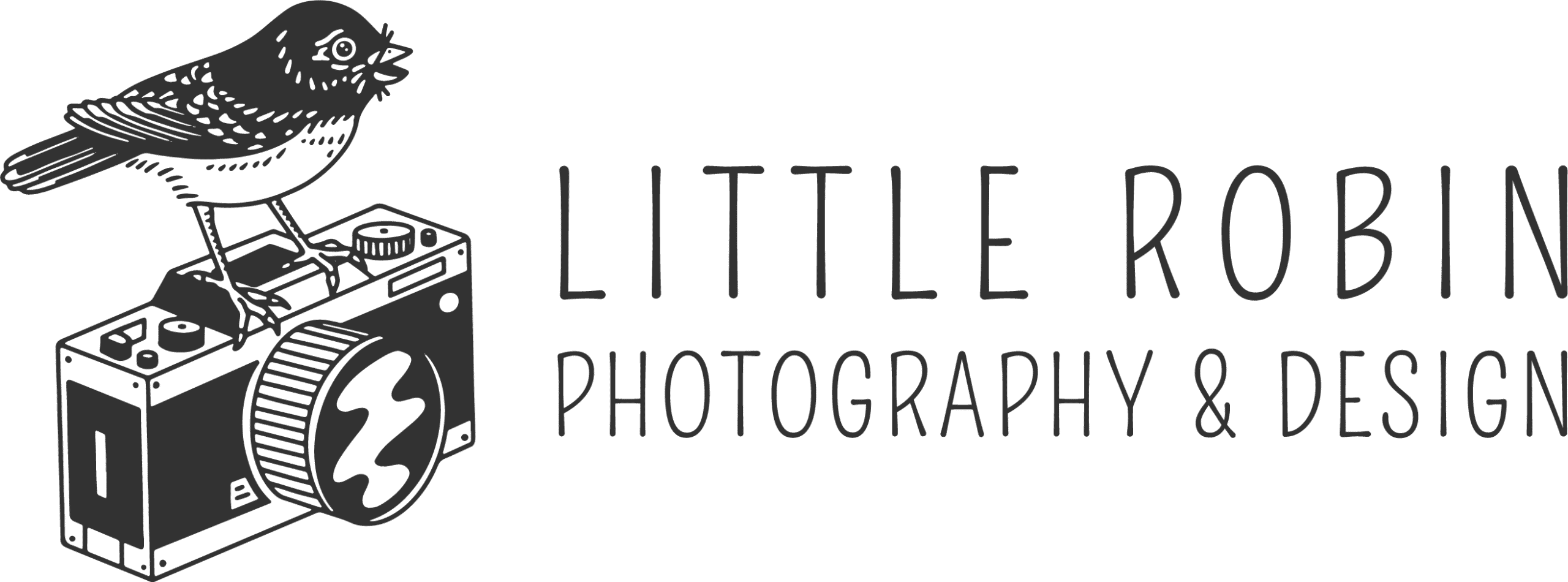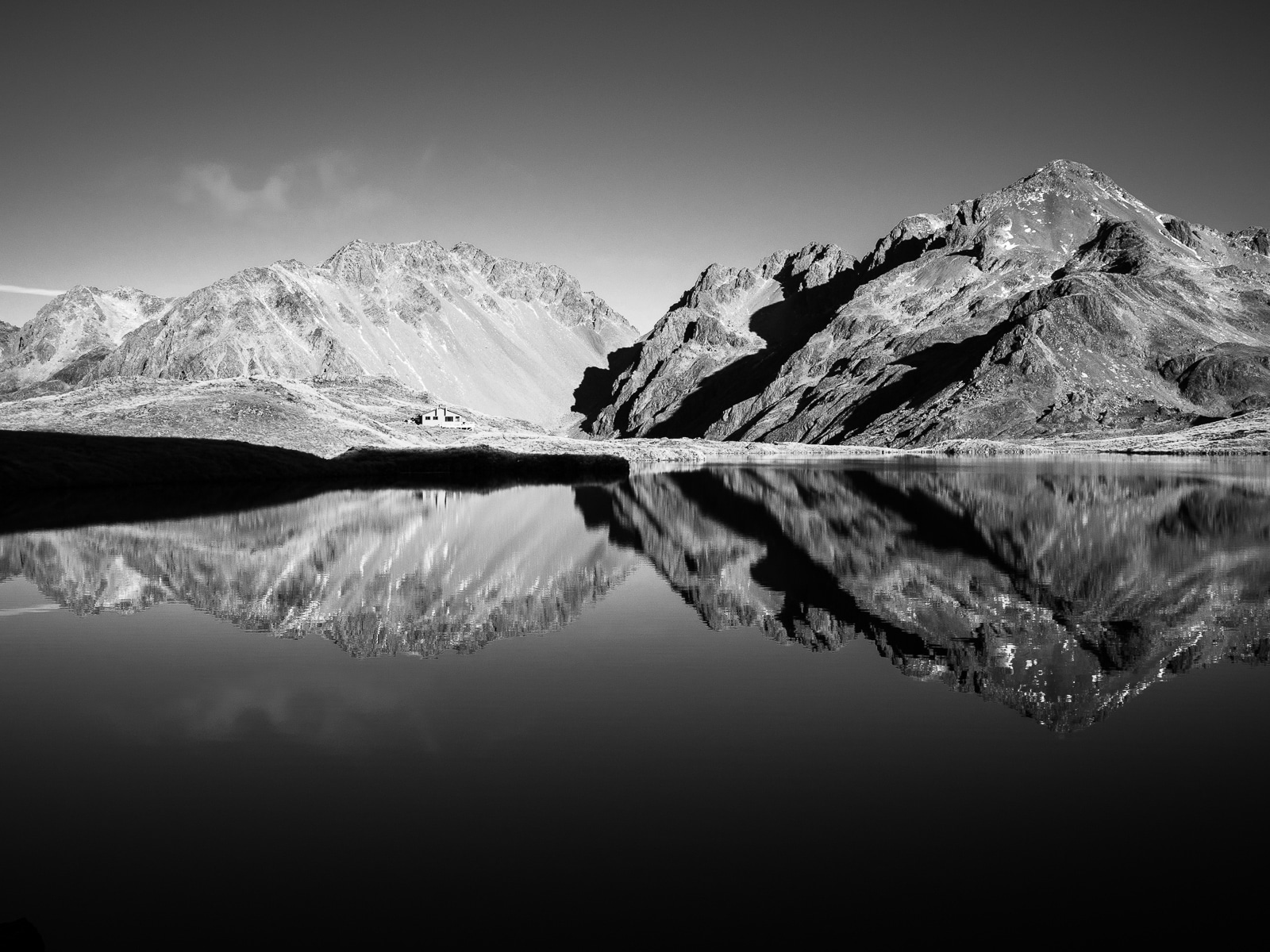
8 Key Elements for Powerful Black and White Photography
By Kim Hobson
More than once I’ve considered devoting my entire photography practice to that enigmatic art style – black and white, or monochrome. It would certainly simplify things, and it would DEFINITELY make my instagram look a lot more cohesive.
My aesthetic style is very eclectic and all over the place. Moody, dreamy, colour, monochrome, high contrast, low contrast, minimalism, detail – you name it, I want it all. I often wonder if it would transform my practice to go completely niche with black and white.
As of yet I can’t quite commit (testament to my eclectic tendencies), and I don’t know if I ever will, but there’s something about black and white photography that really speaks to the soul.
Black and white photography is a timeless and classic art form. It’s a different way of seeing the world, and when done right, the use of monochrome can give scenes a striking, impactful quality that just works.
Here are the 8 key things that I’ve learnt about black and white photography so far:
1. Black & White vs Colour
Monochromatic landscape images express a sense of rawness that draws the viewer’s attention. Sometimes, colour can overwhelm an image, distracting from the overall essence of the scene.
Without the distraction of colour, the viewer focuses on other details in the image to piece the story together. Photographers aim to capture the essence of a landscape rather than an exact copy of the scene they saw.
In some instances, mood is better conveyed shooting in black and white, which relies on the fundamental features of the scene – light and land. This approach to landscape photography can lend itself to minimalism, a style of photography characterised by simplicity.
Minimalism focuses on sparseness, with use of negative space for emotive impact. Black and white photography also often works well for portrait photography, focussing on the subject itself while minimising other distracting details and colour.
Monochrome is an enduring style for portrait photography – it concentrates on facial expressions and gestures enhanced by light and shadow, in turn emphasising humanity and emotion. This leads me to my next point…
2. The Correct Way to do Black and White Photography
Not every subject works well in black and white, and you can’t turn an average image into a powerful image by simply chucking a black and white filter on top of it.
It’s important to think about why you are shooting a particular scene or subject in black and white (or why you’re converting it to black and white in post).
There should be a reason why you’ve chosen monochrome for your image, and this normally has something to do with heightened emotion and drama.
For me, this “reasoning” is normally an intuitive thing. When it comes to black and white photography, some images are just meant to be. On most occasions, I’m able to feel almost instantly whether an image translates effectively in black and white.
I find that it’s better not to overthink it, but rather pay close attention to instant emotions that arise. There are certain elements of a photograph that lend themselves to the monochrome aesthetic. These elements symbolise specific moods and atmospheres.
3. Light and Shadow
One key element of black and white photography is the treatment of light and shadow. In monochrome images, shadows transform from being merely darker areas to major elements of composition, and sometimes the subject itself.
Dark, black-out shadows can convey a sense of intensity and emptiness, while lighter shadows reveal detail, creating a more complex image. In any black and white image, natural light will play a key role in evoking a sense of drama or intimacy.
Softer, misty light creates a feeling of ethereal dreaminess, while bright light contrasts powerfully with shadowed areas to bring definition to the subject.
One thing I love about black and white photography is how the relationship between light and shadow works to leave more to the imagination.
Some details can be omitted by the treatment of shadow, creating a sense of mystery and intrigue. At the same time, intimacy is achieved through the details revealed by natural light.
Ultimately, the play of light and shadow creates contrast, one of the building blocks of black and white photography.
4. Contrast
Contrast can be understood as the difference between the lightest and darkest areas of the photograph. Black and white photographs are often stronger when they have a good amount of tonal contrast.
Another element of contrast is proximity. The difference in tone between objects is emphasised when they appear side by side, making key features of an image stand out more.
Photos with objects in high contrast to one another often express a sense of dynamic intensity, leaving a powerful impact on the viewer. Lower contrast photos aren’t as attention-grabbing, but they can work equally well depending on the mood you’re trying to achieve.
Subtly contrasting silvery mid-tones lend themselves well to images with gentle, dreamy qualities. The level of contrast applied to an image needs to complement that particular subject. What type of effect are you going for? What context are you shooting in?
Whether your scene is dreamy and hazy or powerful and moody, your treatment of contrast should work to enhance that atmosphere.
5. Composition
Strong composition is a crucial factor in photography, whether shooting in black and white or colour. The best photographs tend to be purposefully composed, leaving an impression that the photographer made some deliberate choices in the way they shot that particular scene.
When considering shooting in black and white or converting to black and white, it pays to try and view the scene with a “monochrome mindset”.
Changing your shooting mindset may prompt you to compose your frame slightly differently, as objects will have a different effect in black and white. Without colour, black and white images rely on contrast and shapes to help set the tone and lead the eye through the frame.
Once again it all comes down to emotion. The emotive qualities of your photograph can be enhanced by careful attention to composition.
6. Patterns & Shapes
Photographs are made up of various shapes, whether simple or complex. All these shapes contribute to the overall structure of a scene, and with the absence of colour, shapes play a vital role in visual storytelling.
Without colour, the only way to recognise an object is by its shape. Shapes anchor and simplify an image, enabling the viewer to identify objects and make sense of the scene. Shapes arranged in a manner that is naturally pleasing to the eye can strengthen your composition.
In black and white photography, shapes can either help to clarify what the scene actually is, or they can be used in a more playful manner to create images that are elusive and “trippy”.
With black and white photography, the photographer has the opportunity to get especially creative in composing a shot. These types of photographs cause the eye to linger a moment longer, as the subject isn’t always immediately recognisable.
I personally love this abstract style of photography as it allows for a lot of creative freedom and interpretation. The effect is not always that easy to pull off, but is definitely much more achievable in black and white.
Stepping into that “monochrome mindset” will enable you to approach scenes from a slightly different perspective. Look for interesting patterns, shapes and silhouettes that will translate powerfully into back and white.
7. Texture
Texture can be incredibly eye-catching in black and white photography, adding tonal variation and detail. The textures you capture also contribute to the overall feel of your photograph, creating points of interest where colour would normally dominate.
Black and white photography often has the effect of exaggerating textures, appealing to the viewer’s tactile senses. The tactile nature of textured surfaces in photography gives the viewer a better feel for the location or subject of your image.
Texture helps to transport the viewer into the scene, creating a more sensory experience that in turn evokes mood and emotion.
Nature is full of fascinating textures that are sometimes lost in a photo dominated by colour, but when shot in monochrome, these elements can really come to life. Instead of being a mere background element of the photograph, nature’s intricate textures and patterns become a key feature.
8. Movement
Last, but my no means least; many of the most impressive black and white photographs suggest a sense of movement. Whether a flowing river, grass waving in the wind, a bird flying, or a child dancing; a camera can capture motion in a way that the human eye can’t see.
Motion blur is an artistic way to elicit emotion through black and white photography, bringing the scene to life and drawing the viewer into the story.
While this can be applied to general colour photography too, it can be especially evocative in black and white, leaning more into the territory of fine art photography.
So there you have it, 8 important elements of black and white photography to take into consideration when shooting in, or converting to, black and white.
This is by no means an extensive list; there are many more things that could be discussed, such as filters, camera gear, and converting to black and white in post – the list could go on and on.
As a photographer who prefers to shoot from a more emotive rather than technical perspective, I wanted to focus on the visual elements that I believe help to evoke mood and feeling.
Black and white photography may look simple, but do not be misled – it’s deceptively tricky! Colour is instantaneously striking and eye-catching, and removing it from your toolbox forces you to think outside of the box a little bit; to see things from a different perspective.
Don’t be intimidated though! Start practising and getting a feel for it, it’s a great way to explore the world through a different “lens”. It’ll ignite your creativity and expand your practice, and before you know it, you’ll be “converted” to the world of monochrome photography (are you enjoying my lame photography puns?).
Train your eye to notice the foundational aspects of a scene. Look for contrast and shadows, patterns, textures, and leading lines. In time you’ll finetune your ability to choose the best expression of a subject.
Some stories were just meant to be told in black and white, and with a little practise you’ll know precisely which ones.
Share:
Related Posts
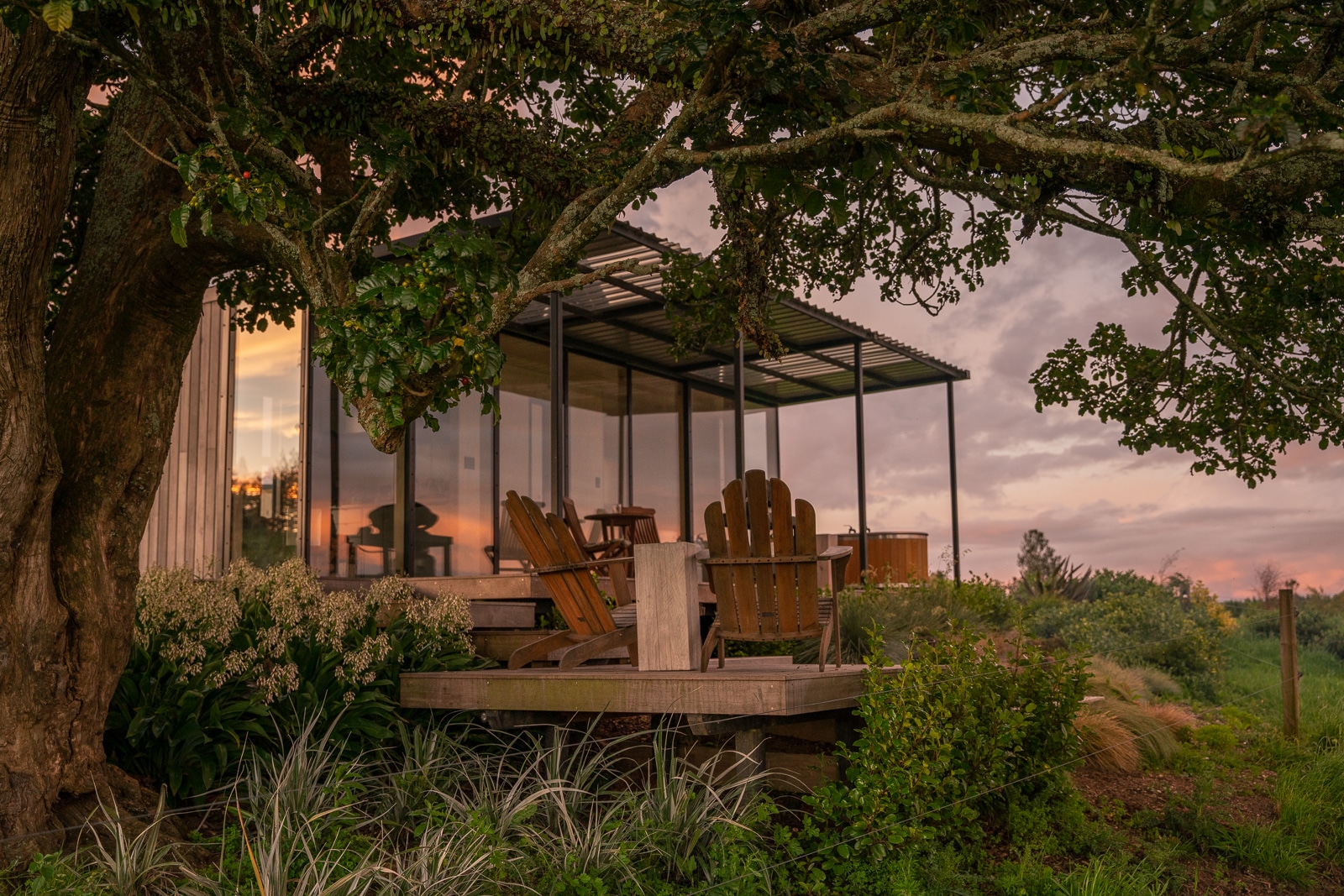
An Exciting Surprise! Redwood Farm Glamping – Canopy Camping Escapes
Redwood Farm Tiny House sits on a ridge overlooking rolling pastoral hills. A sunny spot fully equipped with everything you need – it’s the perfect couples’ getaway for those after a touch of romance.
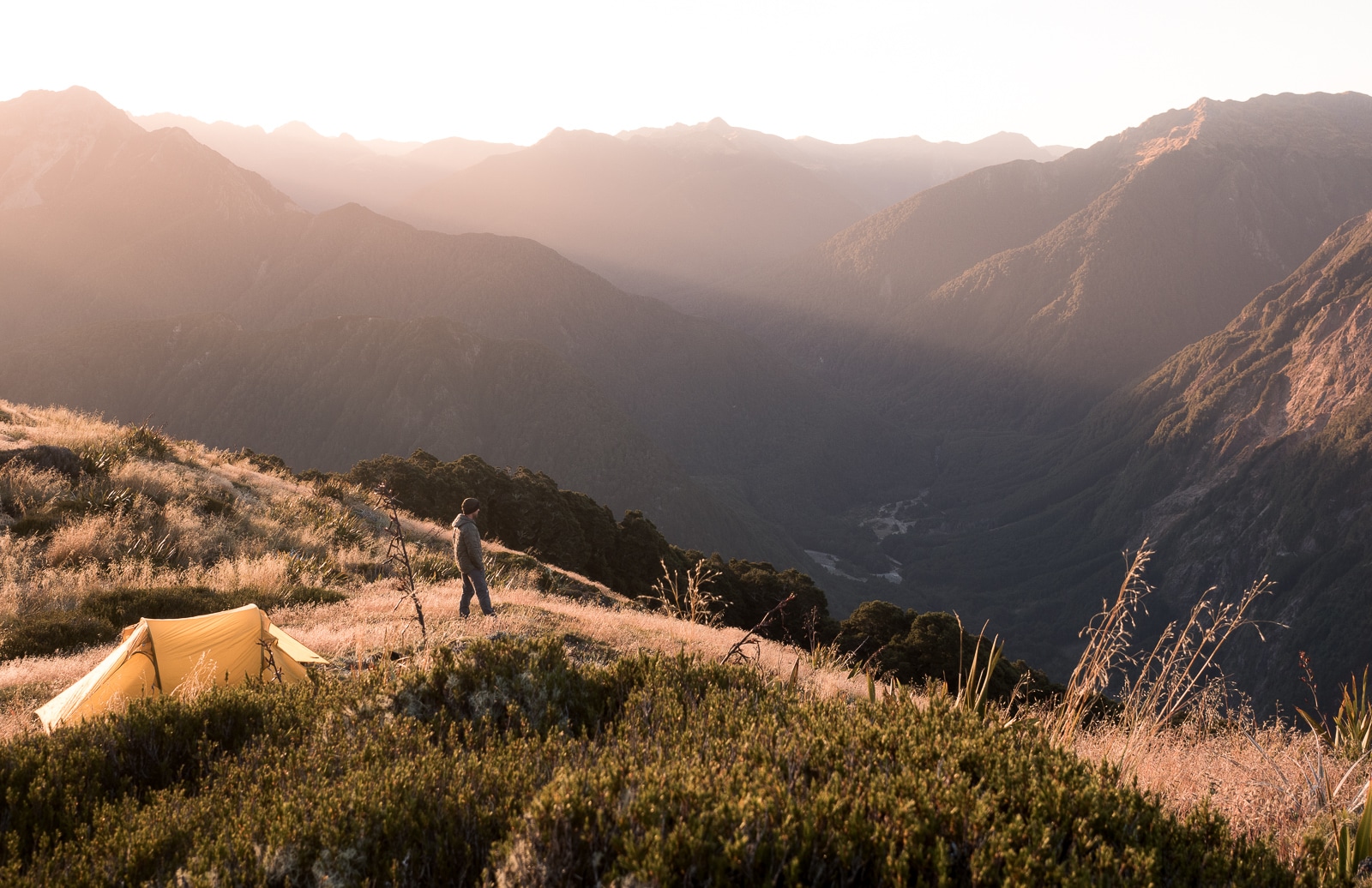
Seeking the Sublime – Wild Camping off the Beaten Path of the Wangapeka Track
Somewhere off the beaten path of the Wangapeka Track, lies the most sublime wild camping setting deep in the heart of the Kahurangi National Park. We endured the blistering heat of a summer heatwave in Nelson to seek solitude and wonder in the mountains

8 Key Elements for Powerful Black and White Photography
Black and white photography is a timeless, classic style that can convey emotion powerfully. We share some of the key features we’ve learnt to help create compelling black and white images.
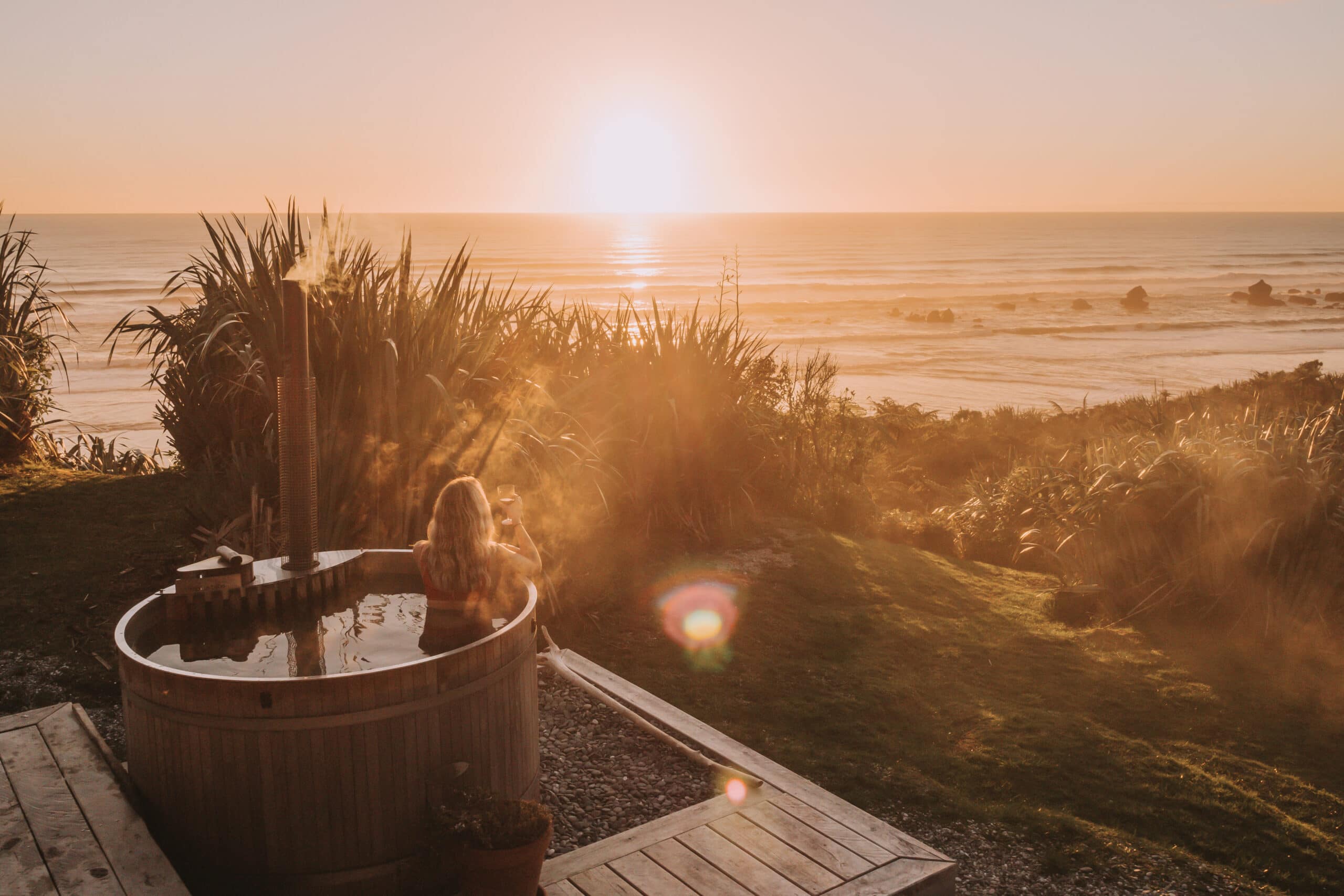
A West Coast Getaway – Glamping at Woodpecker Hut
It’s never a bad time to indulge in a bit of glamping, and Woodpecker Hut on the South Island’s West Coast is a feast for all the senses. We ditched the rat race for a weekend of solitude and rest in one of the country’s most scenic locations.
